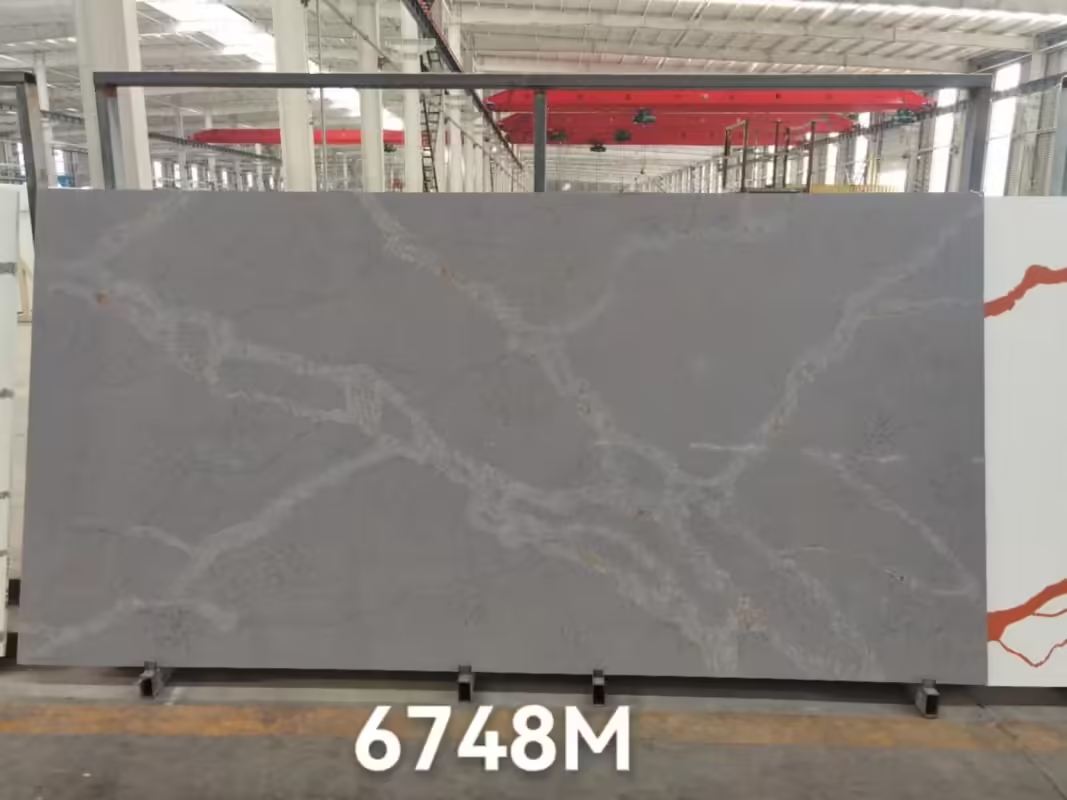The cost of quartz stone can vary widely depending on the region and the suppliers. These variations are influenced by factors such as local economic conditions, availability of quartz, and competition among suppliers. Here’s how pricing can differ:

- Regional Differences: In regions where quartz is readily available, prices may be lower due to reduced transportation costs and a competitive market. Conversely, in areas far from manufacturing centers or import ports, prices can be higher.
- Supplier Differences: Pricing strategies can vary among suppliers based on their business models. Some may offer lower prices due to high volume sales, while others might charge more for premium services like bespoke designs or faster delivery times.
- International Pricing: Internationally, the cost of quartz stone can also differ due to factors such as import taxes, exchange rates, and local demand. Countries importing quartz may have higher prices than those producing it domestically.
- Quality and Brand: High-end brands or superior quality quartz generally command higher prices. Supplier reputation can also play a role in pricing, with well-established brands potentially charging more.
By understanding these variations, consumers can make more informed decisions, potentially sourcing quartz from different regions or suppliers to optimize cost without compromising on quality.












